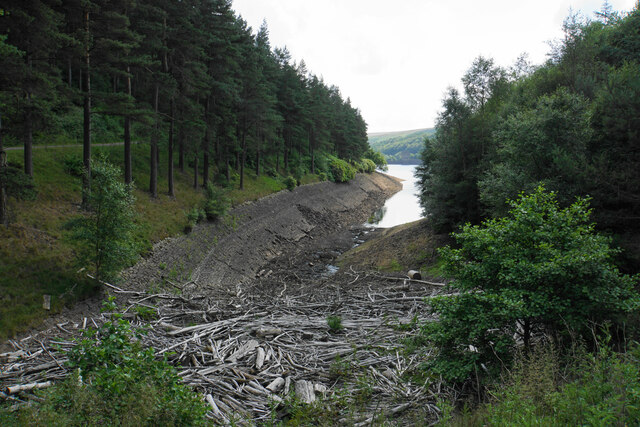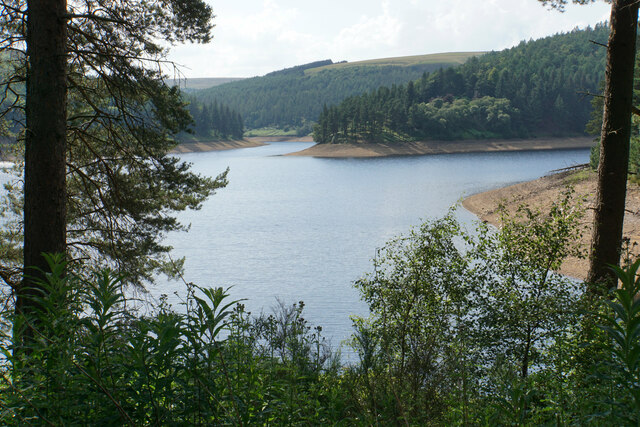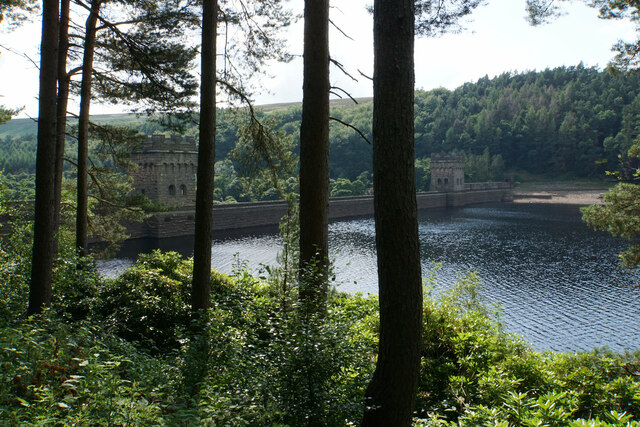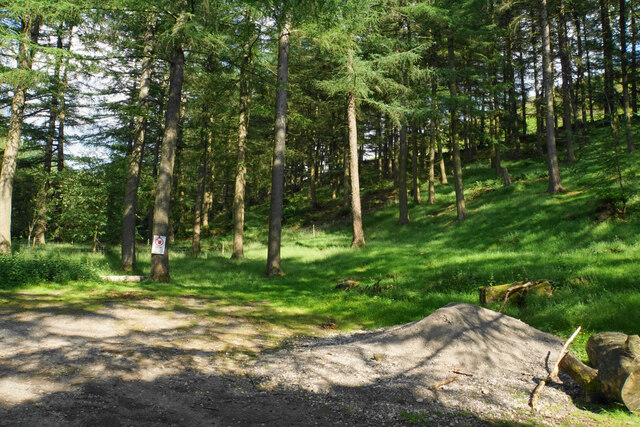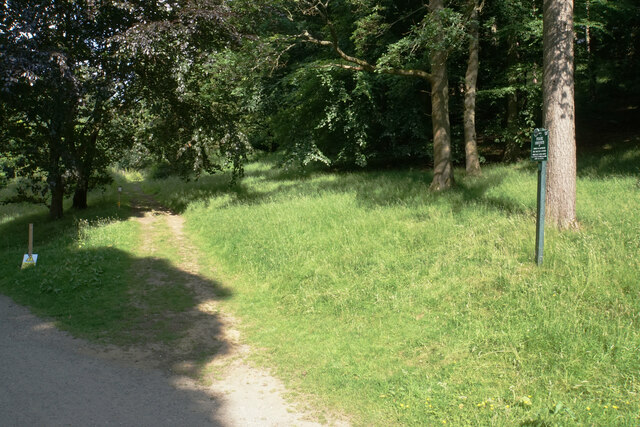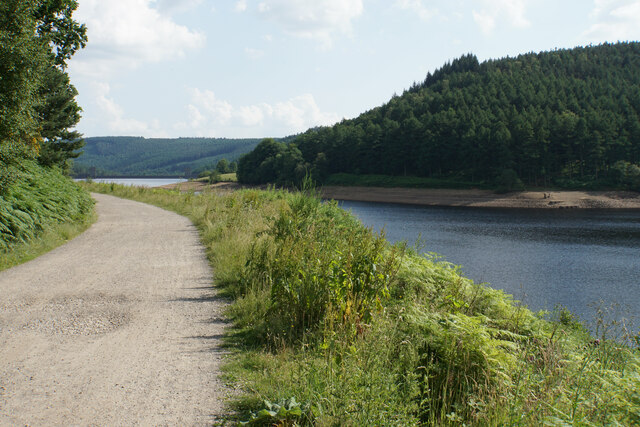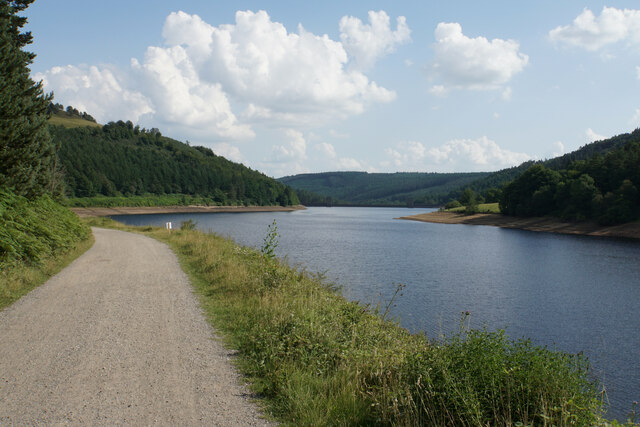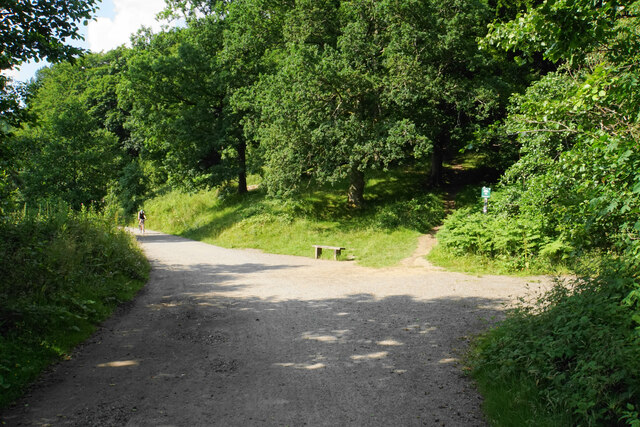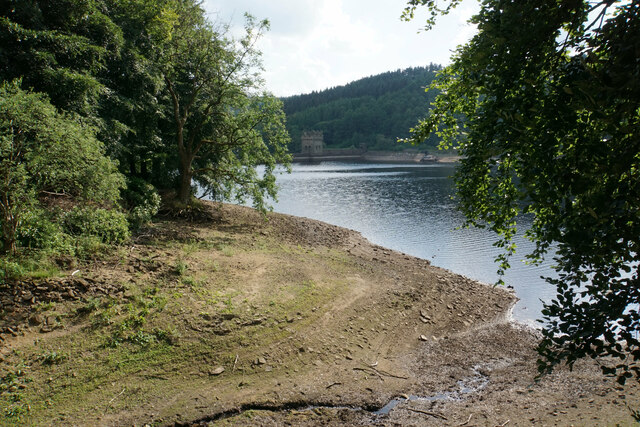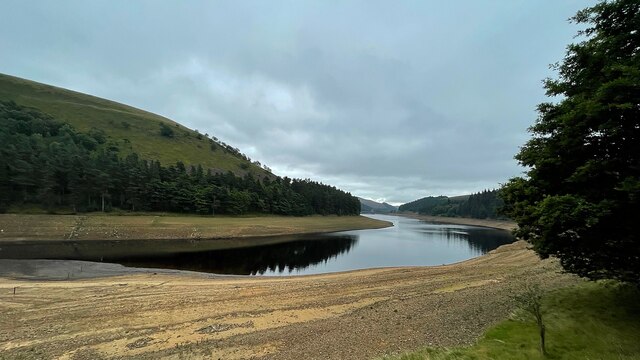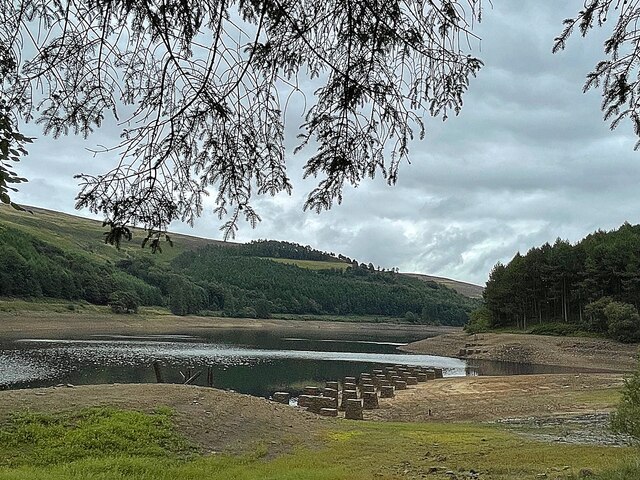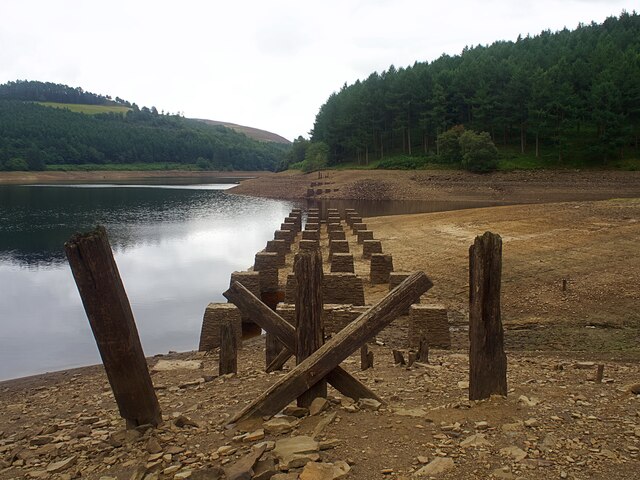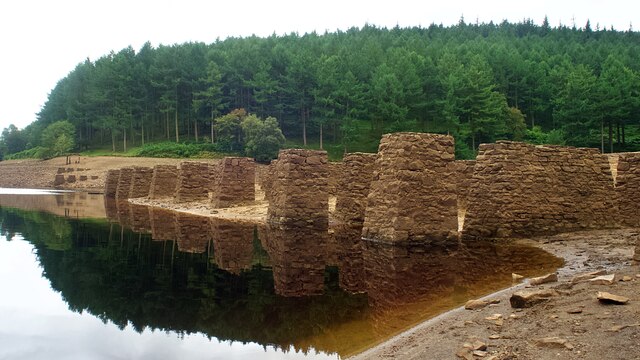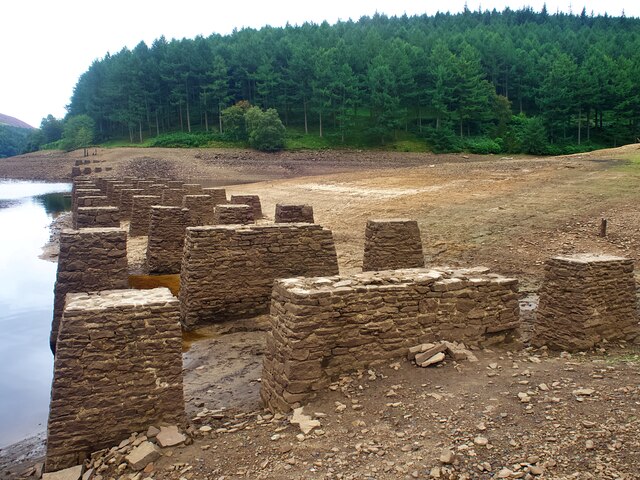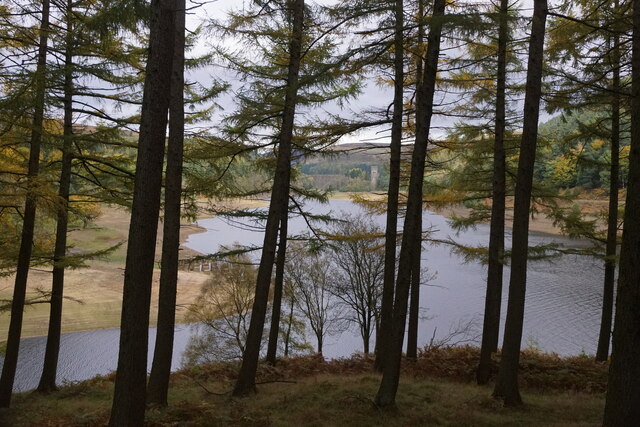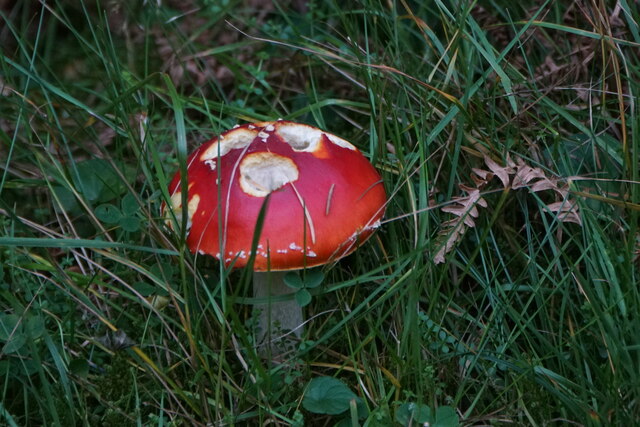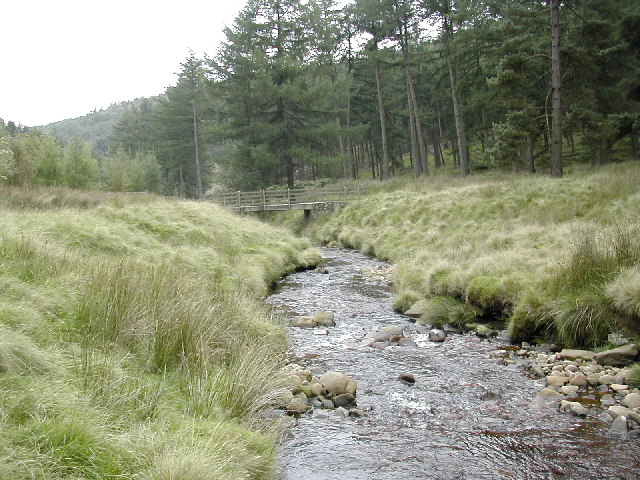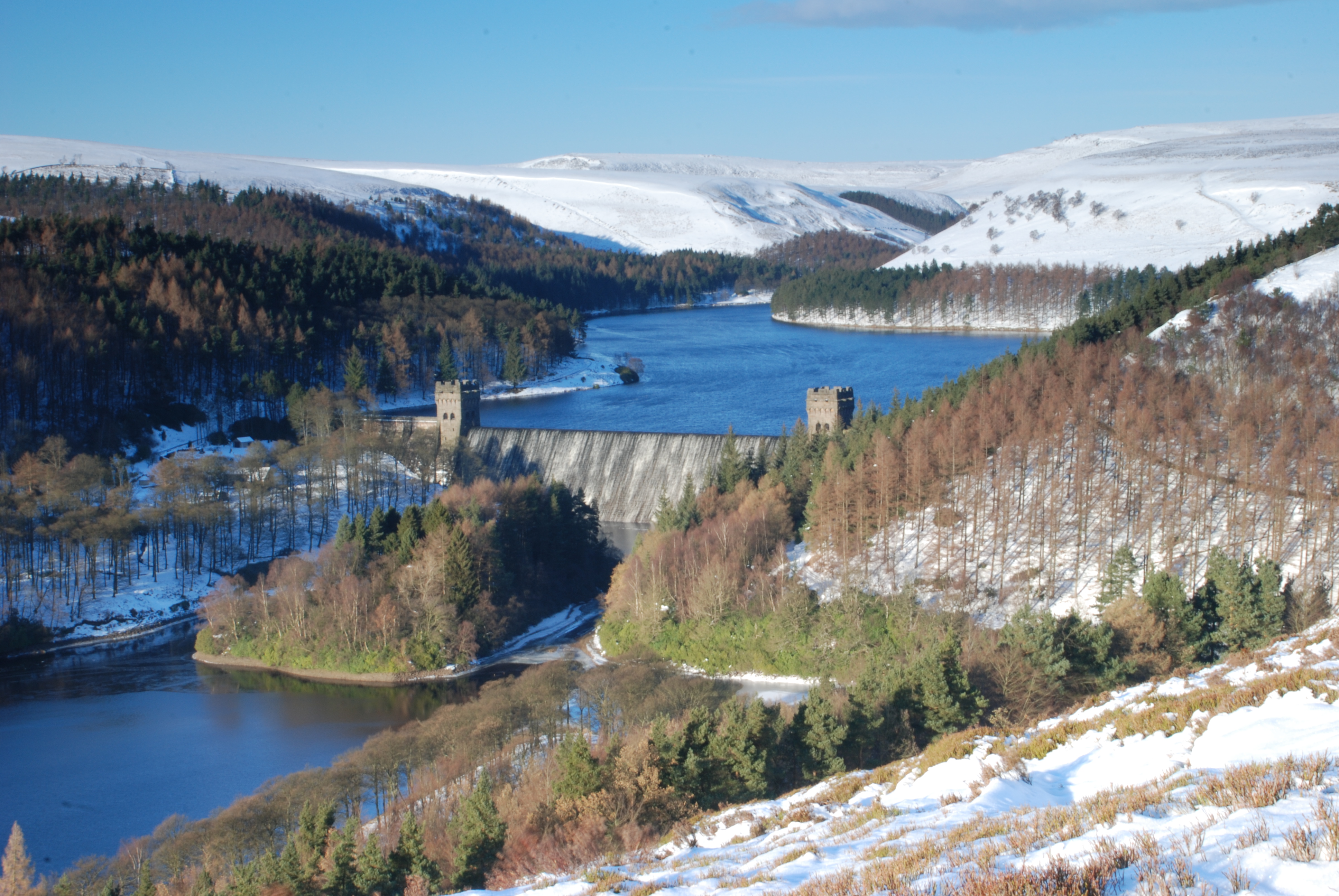Abbey Tip Plantation
Wood, Forest in Yorkshire
England
Abbey Tip Plantation
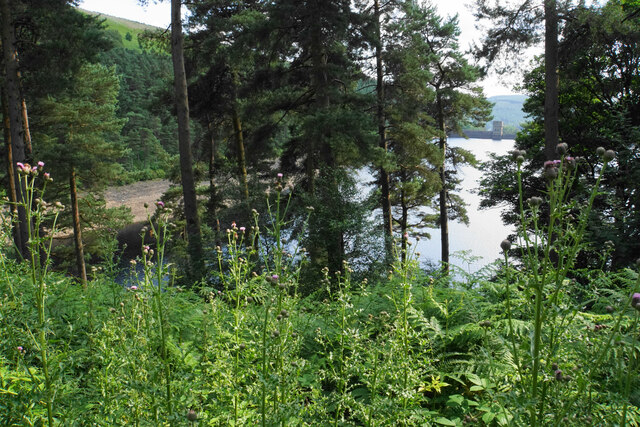
Abbey Tip Plantation is a picturesque woodland located in Yorkshire, England. Situated near the village of Wood, this vast forest covers an expansive area and is a popular destination for nature lovers, hikers, and outdoor enthusiasts.
The plantation is known for its rich biodiversity, with a diverse range of plant and animal species calling it home. The woodland is dominated by a variety of trees, including oak, birch, beech, and pine, which create a lush and vibrant environment throughout the year. The dense canopy provides shade and shelter for a wide array of wildlife, including birds, mammals, and insects.
Visitors can explore Abbey Tip Plantation through a network of well-marked walking trails, allowing them to immerse themselves in the tranquil surroundings. The trails offer stunning views of the forest, with opportunities to spot woodland creatures and observe the native flora up close. The plantation is particularly renowned for its bluebell displays in the spring, when the forest floor is covered in a sea of delicate blue flowers.
In addition to its natural beauty, Abbey Tip Plantation holds historical significance. The site was once part of the extensive estate of a nearby abbey, hence its name. Remnants of the abbey can still be found within the woodland, adding an intriguing layer of history to the area.
Overall, Abbey Tip Plantation in Yorkshire is a captivating destination for those seeking solace in nature, offering a blend of scenic beauty, biodiversity, and cultural heritage.
If you have any feedback on the listing, please let us know in the comments section below.
Abbey Tip Plantation Images
Images are sourced within 2km of 53.424728/-1.7442872 or Grid Reference SK1792. Thanks to Geograph Open Source API. All images are credited.
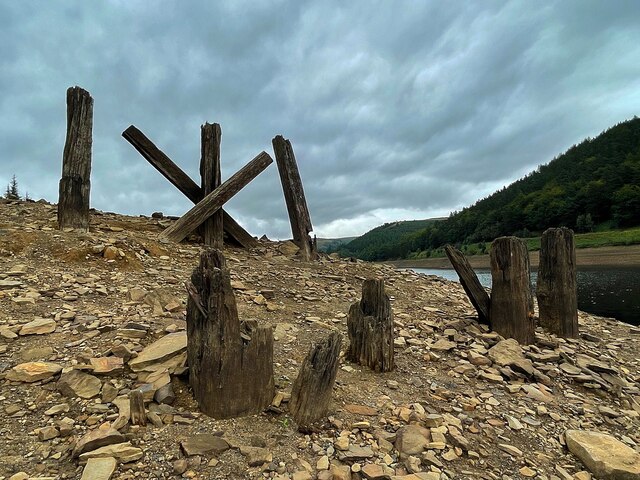
Abbey Tip Plantation is located at Grid Ref: SK1792 (Lat: 53.424728, Lng: -1.7442872)
Division: West Riding
Unitary Authority: Sheffield
Police Authority: South Yorkshire
What 3 Words
///theory.glassware.without. Near Hope Valley, Derbyshire
Nearby Locations
Related Wikis
River Westend
The River Westend flows through the Dark Peak of the Derbyshire Peak District in England. Its source is at Bleaklow Stones on Bleaklow, from where it...
Howden Reservoir
The Howden Reservoir is a Y-shaped reservoir, the uppermost of the three in the Upper Derwent Valley, England. The western half of the reservoir lies in...
Derwent Reservoir (Derbyshire)
Derwent Reservoir is the middle of three reservoirs in the Upper Derwent Valley in the north of Derbyshire, England. It lies approximately 10 mi (16 km...
Lost Lad
Lost Lad is a hill, 518 metres (1,699 ft) high on the Derwent Edge in the Peak District in the county of Derbyshire in England. It is a subpeak of Back...
Howden Edge
Howden Edge (grid reference SK187943) is a peak in the north-east of the Upper Derwent Valley area of the Peak District National Park in England. At 545...
High Stones
High Stones, at 548 metres (1,798 ft), is the highest point within the boundaries of both the City of Sheffield and South Yorkshire, England.High Stones...
Alport Castles
The Alport Castles are a landslip feature in the Peak District National Park in Derbyshire. At over half a mile long, it is thought to be the largest landslide...
Derwent Edge
Derwent Edge is a Millstone Grit escarpment that lies above the Upper Derwent Valley in the Peak District National Park in the English county of Derbyshire...
Related Videos
Derwent Dam | Peak District National Park #uk🇬🇧 #holiday #hiking #travelvlog #2024 #naturelovers
peakdistrict #uk #travelvlog @Bikas0927 #holiday #trip #2024 Peak District National Park is in central England.
Derwent Reservoir Walking Clip
Derwent Reservoir relaxing walking Clip ( Dambusters ) Created by Levon Peacock Full walking video ...
Derwent Reservoir, Ladybower Hope Valley 4k Dog Walking Hiking video with Springier Spaniel Toby
Derwent Reservoir, Ladybower Hope Valley 4k Dog Walking Hiking video with Springier Spaniel Toby Peak district Relaxing dog ...
Walking around Derwent and Howden reservoir in the spring sunshine.
Having a wander in the peaks. Trying out the alpkit hammock. Nice sunshine and a relaxing time! Nice to be out again.
Nearby Amenities
Located within 500m of 53.424728,-1.7442872Have you been to Abbey Tip Plantation?
Leave your review of Abbey Tip Plantation below (or comments, questions and feedback).
